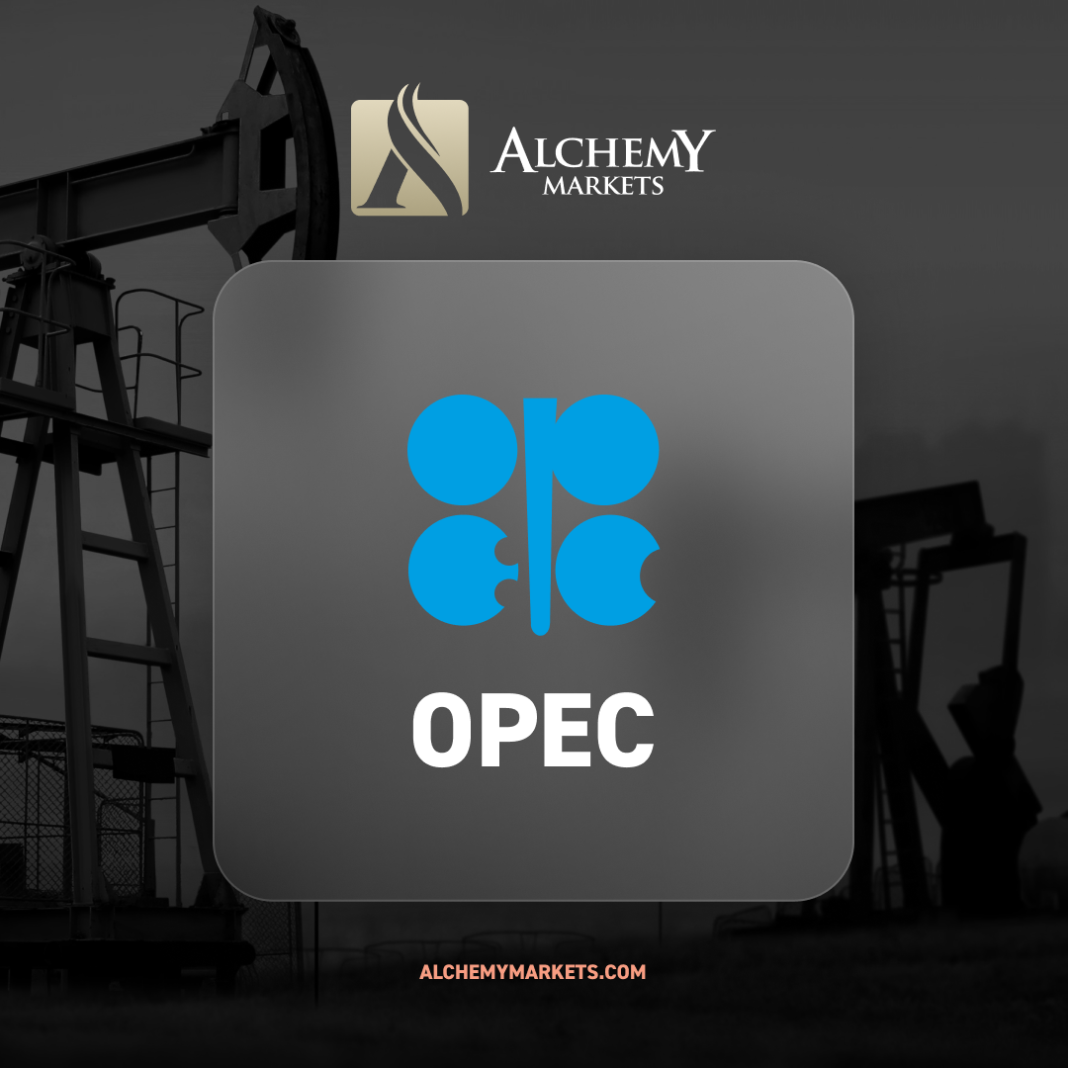Before delving deeper into OPEC, it makes sense for us to learn more about crude oil.
Crude oil is a type of fossil fuel in liquid form. Commonly known as petroleum, it is an essential source of energy that powers our daily lives. From producing electricity, and heating buildings to propelling vehicles and producing end-consumer products, the uses of crude oil can extend to a few pages long.
Due to its importance and indispensableness, crude oil is traded globally both as a physical commodity and via several types of derivative products in the financial markets. Being a multi-trillion dollar industry, it was inevitable that an organization would be established to coordinate efforts and ensure smooth production and this is how OPEC came to be.
Introduction to OPEC
Some of the largest oil-exporting countries in the world are part of the Organization of the Petroleum Exporting Countries, or more commonly referred to as OPEC.
It is an intergovernmental group that acts like a cartel. The group seeks to maintain price stability, ensure an efficient and consistent supply of petroleum to global consumers, and protect the interests of its member countries and investors.
The Members
Founded in 1960, OPEC’s current member countries are
- Algeria
- Angola
- Congo
- Equatorial Guinea
- Gabon
- Iran
- Iraq
- Kuwait
- Libya
- Nigeria
- Saudi Arabia
- United Arab Emirates
- Venezuela
Source: opec.org
OPEC’s Goals
- Coordinate and set oil policies for member nations
- Maintaining price stability in the global markets
- Ensure a steady petroleum supply to consumers
- Taking care of investment returns for investors in the oil industry
Meetings
OPEC members meet twice a year at their headquarters in Vienna, Austria.
The Discussions
Fundamentals and macroeconomic developments in the oil industry will be discussed. Production quotas will be finalized and implemented with factors including the global oil supply and demand, in an effort to ensure their objectives are being met.
How do OPEC meetings affect oil prices?
Announcements regarding output and policies will be released following the meetings.
- A shift in production will have a direct impact on the oil supply. In the event that the group determines that the price of oil is below optimal, they slash oil production. Supply of oil drops and hence its price is likely to be propped up.
- Policy changes on the other hand will alter market sentiment and the future outlook of the oil industry.
Quick Facts
- Member countries account for approximately 40% of the world’s crude oil production [1]
- OPEC countries hold 80.4% of crude oil reserves [2]
Advantages and Criticisms
By operating as a group, members get to coordinate and cooperate with each other in executing their oil activities. This ensures harmonious collaboration and reduces the potential roadblocks that could be stemming from political tensions.
On the flip side, the group has been disapproved of by the wider markets for its manipulative power due to its sheer market share. There seems to be a conflict of interest to influence and maintain a high price for oil, benefiting their investors while passing on the cost to the consumers.
OPEC+
OPEC+ is an alliance that OPEC formed with other countries that produce and export oil but are non-OPEC members.
The alliance was formed back in 2016 and is now comprised of 23 member countries ( 10 non-OPEC countries in addition to the original 13 OPEC countries)
- Azerbaijan
- Bahrain
- Brunei
- Kazakhstan
- Malaysia
- Mexico
- Oman
- Russia
- South Sudan
- Sudan
What are the implications of the formation of OPEC+? Well, there are more counties included now which means…
- They now possess a greater quantity of global oil reserves
- In a stronger position to influence oil production and oil prices
Are you an Oil Trader?
Click here to learn more about oil trading
Ru Yi
Financial Market Analyst
Sign up and trade with Alchemy Markets now.
The only place where you get to trade more than 1000 instruments including Stocks, FX, Cryptos, and many more with ultra-low spreads and institutional-grade liquidity.







